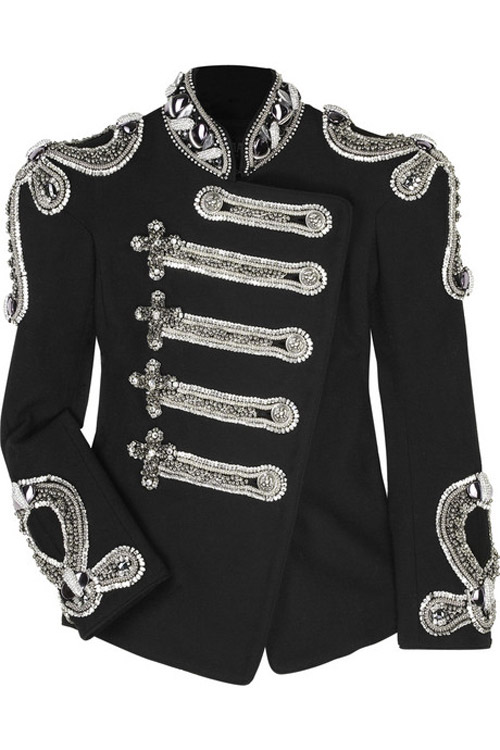

The poor contact was due to the strength of the ZMT tubing in parallel lifting the EK block off the IHS because the EK springs were just not strong enough. I thought I could do better with even less paste, but upon taking the block away from the IHS I realized that I was making poor contact, too. On a whim I re-pasted super thin and got much better results. This was where I learned that the normal amount of paste with truly flat surfaces would created an insulative barrier that made temps worse. It spread on the lapped EK surface after some effort, though, but I didn't want to risk imperfect contact after all of that effort so I scrapped the whole plan and went back to NT-H1 paste. My original intention was to use liquid metal, but I couldn't get the Conductonaut to spread on the lapped IHS. Nothing to stop someone, of course, but the reason I lapped to begin with was to get as good a contact as I could make. Regarding the lapping, I doubt one would get much better results by mirror finishing the surfaces. I'd already used the MCP35x in the Drive II so I just bought a stand alone one for the Protium housing.

I'd pretty much had my fill of that EK model by then so I just moved to something else. Then about 3 weeks or so later after about 5 minutes of warmth in the fluid from gaming the pump started to make the same grinding buzz that the first one did from the get go. When I replaced the pump with another SPC-60 all was ok. I first suspected I ran the first SPC-60 dry, but I really hadn't when I thought back to how much fluid was in the system before I first turned it on, which is to say almost all of the ~1.4'ish liters of fluid. The latter I do as the secondary purpose of this build only once every couple of months. Instead, I decided to just use two BIOS profiles. I would get 4.4Ghz on a few cores where needed, I guess, but the all core frequency was only a little over ~4.15Ghz, and I'd get random crashes anywhere from 15 minutes to 11 hours. I was never happy with the completely random instability of using a 102 BCLK combined with Asus' "Level 3" (or 4) of Performance Enhancer (PB2). Normal gaming seems to be about 45-60c on the CPU.īIOS Profile 2 (Encoding) - 4.25Ghz, 8c/16t, encoding (70c) stable at ~23c ambient.īefore I get flamed, personally, I prefer max attainable frequency on 8 threads versus XFR2's random/few threads at high clocks all while getting fantastic temperatures due to disabling SMT. Swiftech MCP35x DDC in a Singularity Protium DDC housingĪnd Mayhem's Eth-Glycol concentrate with distilled waterīIOS Profile 1 (Gaming) - 4.4Ghz, 8c/8t, 3DMark Firestrike loop stable for hours with CPU temp in the 60-70c range at ambient ~23c. Koolance Quick Disconnects for filling/bleeding Trident Z 3200Mhz CL14 in "Fast" CL14 config But so relatable to anyone who spent afternoons attempting just such feats.The Ryzen 2700X has its IHS lapped, is in 8 core / 8 thread config, and is overclocked to 4.4Ghz, all core, at ~1.387v (HWInfo64). That’s why the Sudan hook shot scene is so pleasurable. Playground basketball was often marked by this desire to accomplish the impossible. Meaning: significance of ability to grab rim substantially diminished if tall (me), inversely increased if short, exponentially increased if short and White (this person did not exist). Big fish stories for urban teens.Īnd as always, leaping ability was measured in direct proportion to height and racial makeup. “He can barely grab net!” (clown) to “I grabbed rim!” (measure of respect) to “He can dunk!” (God-tier).Įntire afternoons at the court would be spent in–vainglorious–attempts to rub in an alley-oop in some way that could be technically construed and later relayed to friends as a dunk. Of course, I only call it vainglorious at thirty years’ remove.Įarly teen prowess was often measured in proximal dunking ability, i.e.


 0 kommentar(er)
0 kommentar(er)
